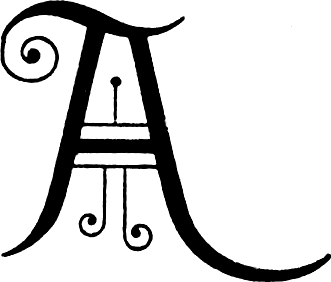BIRDS.
ILLUSTRATED BY COLOR PHOTOGRAPHY.
| Vol. III. | APRIL, 1898. | No. 4. |
AVIARIES.
A N admirer of birds recently said to us: "Much is said of the brilliant specimens which you have presented in your magazine, but I confess that they have not been the most attractive to me. Many birds of no special beauty of plumage seem to me far more interesting than those which have little more than bright colors and a pretty song to recommend them to the observer." He did not particularize, but a little reflection will readily account for the justness of his opinion. Many plain birds have characteristics which indicate considerable intelligence, and may be watched and studied with continued and increasing interest. To get sufficiently near to them in their native haunts for this purpose is seldom practicable, hence the limited knowledge of individual naturalists, who are often mere generalizers, and the necessity of the accumulated knowledge of many patient students. In an aviary of sufficient size, in which there is little or no interference with the natural habits of the birds, a vast number of interesting facts may be obtained, and the birds themselves suffer no harm, but are rather protected from it. Such an aviary is that of Mr. J. W. Sefton, of San Diego, California. In a recent letter Mrs. Sefton pleasantly writes of it for the benefit of readers of Birds. She says:
N admirer of birds recently said to us: "Much is said of the brilliant specimens which you have presented in your magazine, but I confess that they have not been the most attractive to me. Many birds of no special beauty of plumage seem to me far more interesting than those which have little more than bright colors and a pretty song to recommend them to the observer." He did not particularize, but a little reflection will readily account for the justness of his opinion. Many plain birds have characteristics which indicate considerable intelligence, and may be watched and studied with continued and increasing interest. To get sufficiently near to them in their native haunts for this purpose is seldom practicable, hence the limited knowledge of individual naturalists, who are often mere generalizers, and the necessity of the accumulated knowledge of many patient students. In an aviary of sufficient size, in which there is little or no interference with the natural habits of the birds, a vast number of interesting facts may be obtained, and the birds themselves suffer no harm, but are rather protected from it. Such an aviary is that of Mr. J. W. Sefton, of San Diego, California. In a recent letter Mrs. Sefton pleasantly writes of it for the benefit of readers of Birds. She says:
"My aviary is out in the grounds of our home. It is built almost entirely of wire, protected only on the north and west by an open shed, under which the birds sleep, build their nests and gather during the rains which we occasionally have throughout the winter months. The building is forty feet long, twenty feet wide, and at the center of the arch is seventeen feet high. Running water trickles over rocks, affording the birds the opportunity of bathing as they desire. There are forty-seven varieties of birds and about four hundred specimens. The varieties include a great many whose pictures have appeared in Birds: Quail, Partridge, Doves, Skylarks, Starlings, Bobolinks, Robins, Blackbirds, Buntings, Grosbeaks, Blue Mountain Lory, Cockateel, Rosellas, Grass Parrakeet, Java Sparrows, Canaries, Nonpariels, Nightingales, Cardinals of North and South America, and a large number of rare foreign Finches, indeed nearly every country of the world has a representative in the aviary.
"We have hollow trees in which the birds of the Parrot family set up housekeeping. They lay their eggs on the bottom of the hole, make no pretention of building a nest, and sit three weeks. The young birds are nearly as large as the parents, and are fully feathered and colored when they crawl out of the home nest. We have been very successful, raising two broods of Cockateel and one of Rosellas last season. They lay from four to six round white eggs. We have a number of Bob White and California Quail. Last season one pair of Bob Whites decided to go to housekeeping in some brush in a corner, and the hen laid twenty-three eggs, while another pair